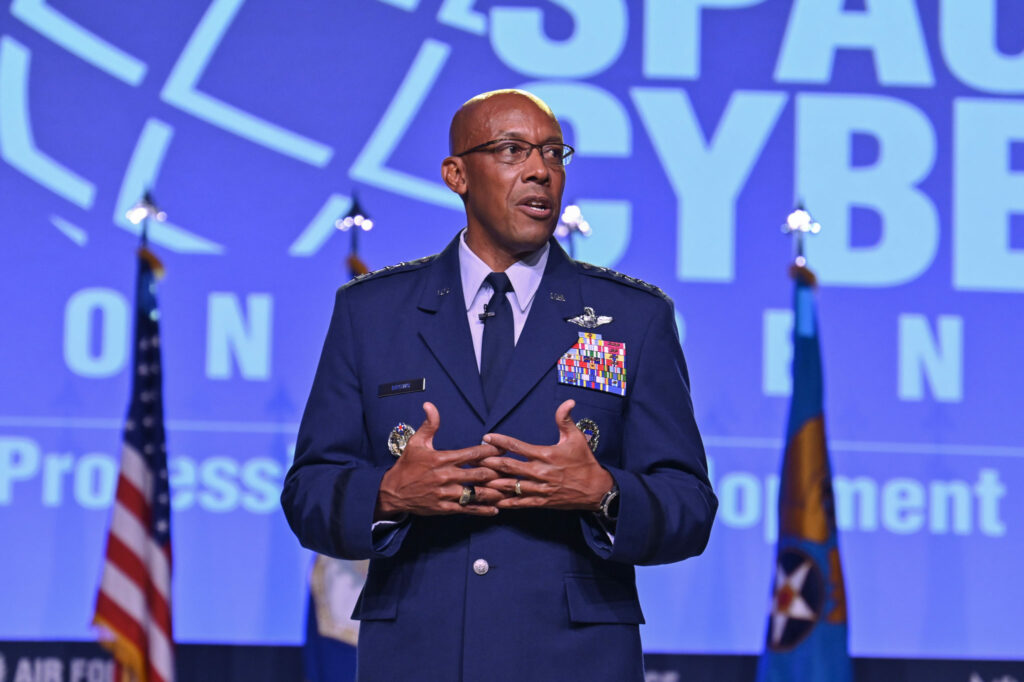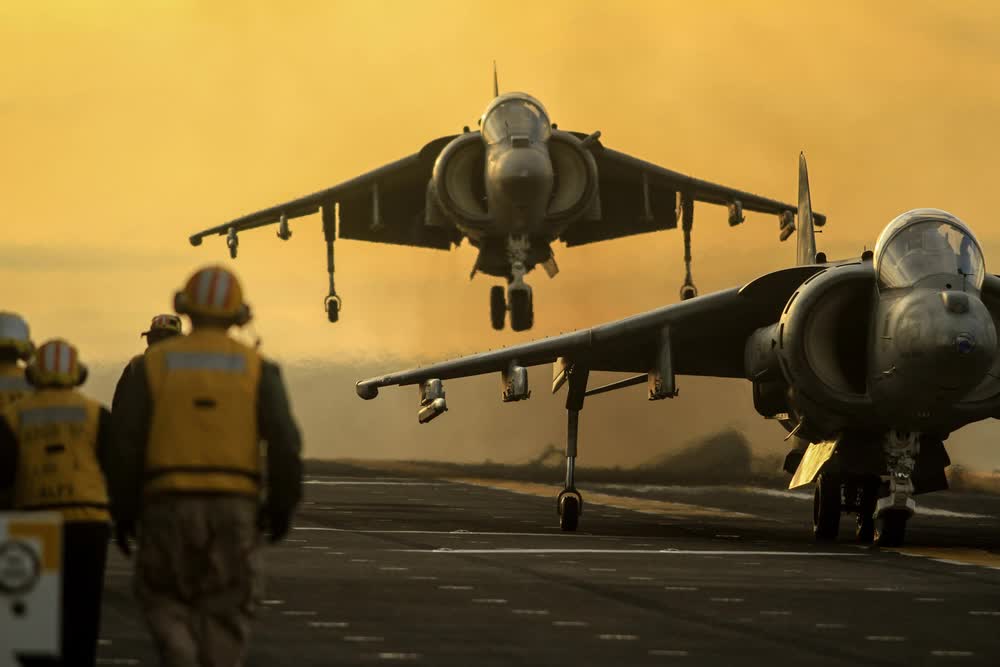This article by Air Force Gen. CQ Brown Jr. was originally published by Military Times.
A few years ago, when I was leading the air campaign against ISIS forces in Iraq and Syria, we drew resources and combat power from a 78-country coalition to defeat a brutal foe. Of all the lessons learned from that effort, one continues to ring loud: the coalition’s interoperability offered crucial advantages and flexibility that set the foundation for success.
Another lesson I drew from that experience is that “interoperability” — the extent to which allies and partners share common training, technology and capabilities — is ripe for improvement. In the case of the counter-ISIS campaign, the quickly built coalition capitalized on interoperability opportunities from past relationships and experiences.
While generally effective in a slowly building counterinsurgency fight, such a broad alliance would undoubtedly be challenged in a rapidly developing scenario against a near-peer adversary.
Effective interoperability, after all, isn’t something you achieve and set aside as “fixed.” Interoperability requires constant attention.
We must find fresh ways to connect forces, allies and partners that provide an effective response to the challenge of a highly contested environment not seen in the last 20 years. Given the challenges we face today and in the future, we simply have no choice but to become more interoperable.

Related: Cope North 21, the largest air exercise in the Pacific
This insight is not unique to me. Defense Secretary Lloyd Austin has articulated the need for interoperability in what he’s termed “integrated deterrence.”
In the secretary’s vision, “deterrence today doesn’t rely on any particular platform or service or skill set. It relies on the networks we build across the whole of our military. We’ll use existing capabilities, build new ones, and use all of them in new and networked ways — hand in hand with our allies and partners.”
“What we need is the right mix of technology, operational concepts and capabilities — all woven together in a networked way that is so credible, flexible and formidable that it will give any adversary pause,” the secretary wrote.
I couldn’t agree more. To provide the security the nation requires, we must be able to work seamlessly, which is another way of saying we must be interoperable.
Improving and refining this capability was a prominent topic during my 50 recent interactions with fellow air chiefs in the Indo-Pacific, European and Middle East regions. We agreed that if the United States and our allies and partners are to counter the rise of the Chinese and Russian militaries or other regional security challenges, we must make strides in, and rethink, how we view interoperability and information sharing.
So, how can we better share training, technology and capabilities going forward? Three thoughts come to mind.
The first is to prioritize technology sharing and incentivize industry to export technologies that make sense.
Secondly, we should align our thinking on potential threats before developing new capabilities to avoid unnecessary retrofitting.
Third, we must reexamine our policies and shared capabilities to avoid duplication, and ensure we drive down costs by maximizing efficiencies.

Related: The Air Force wants a new fighter to fill in for the F-35
The good news is the Defense Department has made sharing key technologies a priority and has empowered the services to build exportable capability. This requires a substantial change in culture, and we must move faster to remove obstacles and eliminate bureaucracy, but the dividends will be real as we shift to the rapid, digital design of new capabilities.
We must be vigilant in communicating and aligning threat assessments with allies and partners as well as developing capability solutions collaboratively. We need to collectively change policy, fill technology gaps and develop solutions. If we do this, we will have a suite of interoperable capabilities with our allies and partners that will bring to bear formidable capabilities while saving money and time.
For example, allies and partners could work collectively to ensure adequate munitions stockpiles. Achieving this requires updating strict export rules. Streamlining those rules could produce a template for better collaboration on efficiently sharing more broadly, from information to resources, such as intelligence to tankers, or surveillance aircraft to a host of other capabilities and technologies.
We need to increase the speed and accuracy of information and how that information is protected and distributed. We cannot afford sovereign institutional stovepipes and antiquated processes if we are to maximize our collective technological advantages.
Fellow air chiefs embraced staging more joint exercises in the Indo-Pacific and Europe and enhancing training on advanced ranges and simulators. There was interest in improving ways to share information on training, domain awareness and F-35 aircraft operations. Many of these suggestions seem eminently achievable.
This list of opportunities is long. However, we know this: As we consider the new threats to global security, the time is now to foster even greater interoperability with our allies and partners. History teaches us that sharing and combining strengths yields capabilities that, as Secretary Austin says, are “flexible and formidable” and sufficient to “give any adversary pause.”
Interoperability is a key mechanism for reaching that goal. It is why our focus on expanding and improving interoperability is unblinking. And it is why that effort is now — and will remain — a crucial component of our national security.
Read more from Sandboxx News:
- CSAF delivers powerful message in new Air Force commercial
- CSAF emphasizes safe, secure, reliable nuclear deterrence
- F-35 pilot responds to claims that the jet is a failure
- Why 5th Generation ‘Minus’ fighters are the future
- Wolverines! Air Force adds AT-6 light attack aircraft to its fleet
Feature image: U.S. Air Force photo by Eric Dietrich




